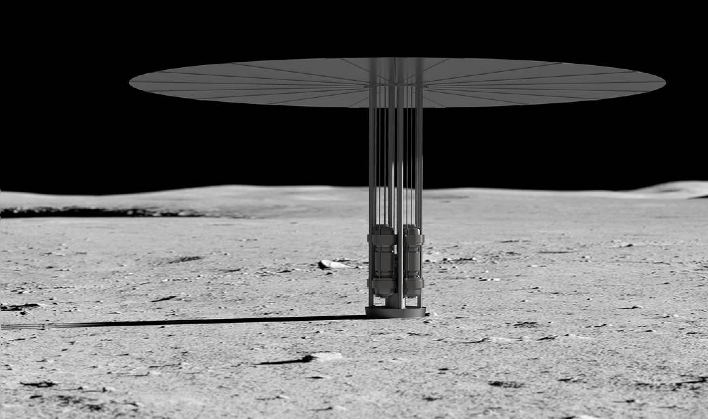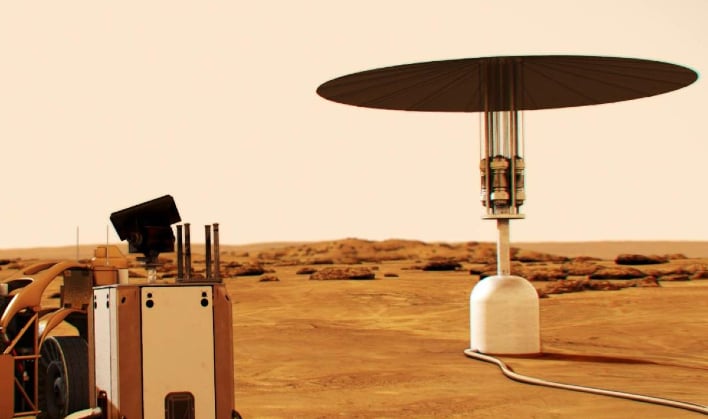NASA's Plan To Power The Moon Is Going Nuclear And Could Sustain Lunar Life For A Decade

The plan for NASA is to build a lunar base that will serve as a launching point for missions to Mars. However, as most know, the Moon does not currently have a power source available to support such a base. Even though solar power could be an option, NASA believes that nuclear fission is the most efficient and stable method for powering a base on the Moon. China is also working on its own nuclear reactor, and reports have said the country has already completed a prototype.
The three contracts that have been chosen were each awarded approximately $5 million through the DOE's Idaho National Laboratory. The money is to be used to fund the development of initial design concepts for a "40-kilowatt class fission power system planned to last at least 10 years in the lunar environment," according to a post on NASA's website.

The contracts will be awarded to the following three companies:
- Lockhead Martin of Bethesda, Maryland (The company will partner with BWXT and Creare)
- Westinghouse of Cranberry Township, Pennsylvania (The company will partner with Aerojet Rocketdyne)
- IX of Houston, Texas, a joint venture of Intuitive Machines and X-Energy (The company will partner with Maxar and Boeing)
"The Fission Surface Power project is a very achievable first step toward the United States establishing nuclear power on the Moon," stated Idaho National Laboratory Director John Wagner. "I look forward to seeing what each of these teams will accomplish."
NASA looks to gain critical information through the Phase 1 awards that can lead to a joint development of a full flight-certified fission power system. Along with powering a Moon base, the agency also hopes that fission power technologies can be utilized to help further nuclear propulsion systems that depend on reactors to generate power, which in turn could be used for deep space exploration missions in the future.
Top Image Credit: NASA

